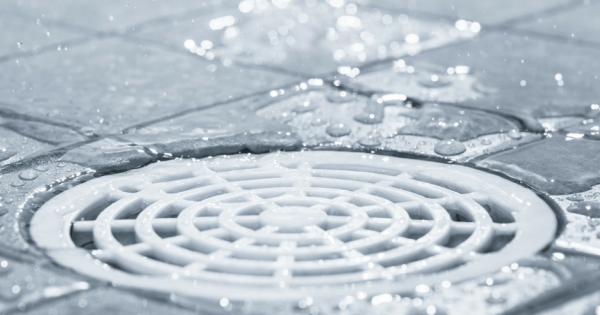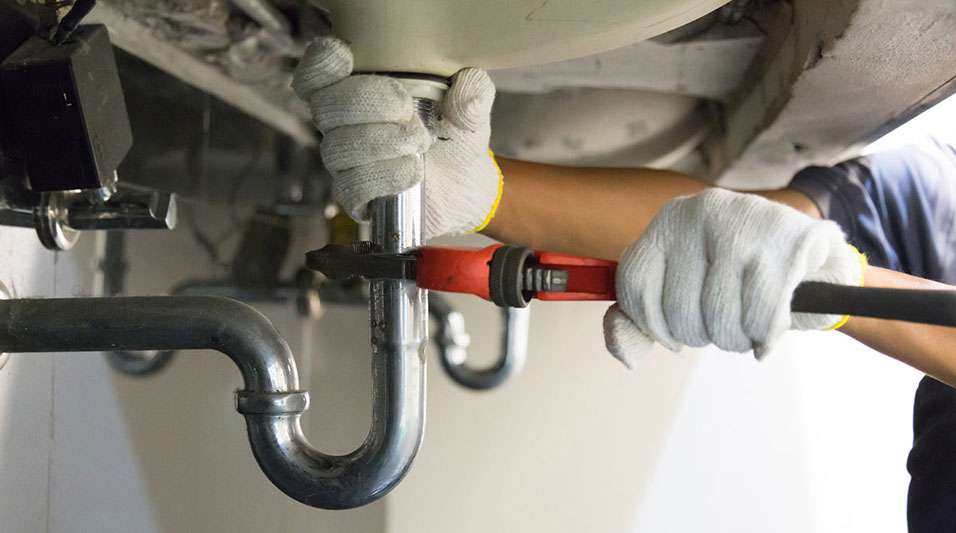Techniques for Dealing with a Blocked Drain Prior to Engaging Plumbing Experts
Techniques for Dealing with a Blocked Drain Prior to Engaging Plumbing Experts
Blog Article
In this article further down yow will discover a good deal of good quality expertise in relation to Some easy tips to fix blocked drains.

Introduction
Dealing with a blocked drainpipe can be an aggravating experience, disrupting everyday tasks and possibly causing damage to your residential or commercial property. Nonetheless, before connecting to pipes professionals, there are actions you can take to deal with the problem on your own. In this guide, we'll discover do it yourself solutions and preventive measures to deal with a blocked drain successfully.
Recognizing the Problem
The very first step in addressing a blocked drainpipe is identifying the indicators. Sluggish water drainage, gurgling audios, foul odors rising from drains, or water backing up are common indicators of a blocked drainpipe. Recognizing these signs early can assist avoid even more issues.
Typical Reasons For Blocked Drains
Recognizing the elements that add to drain obstructions is important for reliable resolution. Typical wrongdoers include hair, soap scum, oil, food debris, and international items like sanitary products or paper towels. Tree origins attacking below ground pipes can also trigger significant clogs.
DIY Solutions
For minor obstructions, a number of do it yourself remedies can be efficient. Putting boiling thin down the drainpipe can help liquify oil and particles. Baking soda and vinegar or a blend of salt and cooking soft drink can work as natural cleaners. Making use of a plunger or pipes snake to dislodge obstructions is another choice.
Devices and Equipment
Having the right tools accessible can make do it yourself drain cleansing extra reliable. A bettor is a flexible tool for removing clogs in sinks, commodes, and showers. A plumbing serpent or auger can reach much deeper clogs, while drainpipe cleaning chemicals can be made use of carefully for stubborn obstructions.
Safety nets
To stay clear of future blockages, taking on preventive measures is crucial. Set up drain guards or strainers to capture hair and particles prior to they enter the pipes. On a regular basis flush drains pipes with warm water to liquify oil accumulation, and avoid getting rid of grease or strong waste away.
When to Call an Expert
While DIY options can deal with minor obstructions, certain indicators show the demand for professional assistance. Relentless clogs, foul odors regardless of cleaning up efforts, or numerous drains supporting all at once are red flags that call for professional treatment.
Picking the Right Plumbing Solution
When selecting a pipes solution, think about variables such as experience, licensing, and customer evaluations. Choose a reputable plumbing technician with a track record of top quality workmanship and clear pricing methods.
Price Considerations
The expense of specialist drain cleaning services can differ relying on the severity of the blockage and the plumbing technician's prices. Demand quotes from numerous service providers and inquire about any type of additional charges to guarantee transparency and avoid surprises.
Security Measures
When trying do it yourself drainpipe cleaning, prioritize safety. Use safety handwear covers and glasses to prevent contact with damaging chemicals or bacteria. Never blend different drain cleaning products, as this can produce dangerous fumes.
Situation Researches
Real-life instances illustrate the performance of DIY solutions and the relevance of timely specialist intervention in dealing with drainpipe blockages.
Verdict
By following the ideas laid out in this guide, you can successfully tackle blocked drains pipes and protect against future plumbing problems. Whether going with do it yourself options or looking for professional help, punctual activity is vital to maintaining a healthy pipes system and protecting the honesty of your home.
How to Clear a Clogged Drain Yourself (And When to Call In the Professionals)
What Can Clog a Drain
Dirt Skin flakes Hair Grease Soap scum Food Offset pipes Tree roots Small objects Mineral buildup DIY Tricks to Unclog a Drain
You can fix this! Once you have identified the source of the clog (or have a vague idea), you can try one or a combination of these fixes in order to clear your plumbing.
Wire Hanger or Snake
Untangle and clear out hair from a drainpipe with a homemade snake. Use a straightened-out wire hanger with a 90-degree angle hook to locate the clog and drag out any unwanted material.
Remember not to push the clog further down to where the wire hanger cannot reach! If you need to follow up with a plunger, give it a try. Your efforts might be more successful after it’s been wire-snaked.
If you want to get fancy and don’t have a wire hanger to spare, head to the store and pick up a hand-operated drain snake. You can get one for $10-$30. It may save you the hassle, and provide additional length to reach deep into the clogged pipe.
Plunger
A cup plunger has a suction cup attached to a wooden handle. The rubber creates a seal around the drain, and increases the pressure force of the plunger.
Plunge for 30-second increments to loosen the clog. This may need to be repeated over the course of 15-20 minutes. Once plunged, run the water to flush the remaining material out of the drain.
Remember– never use a plunger if you have used a chemical drain cleaner. These chemicals can splash up from the force of the plunger and cause serious injury or burns.
Boiling Water
Hot water can sometimes break up materials into a flushable amount. Dirt, grease, and soap buildup requires heat in order to unstick from surfaces.
Take your kitchen kettle and heat your water to a boil. Once it reaches a rolling boil, pour it directly down the drain into the blockage. Carefully follow with plunging, if necessary.
Don’t worry if this takes more than one try! It can often take multiple kettles and repeated plunging in order to clear a particularly stubborn clog.
Chemical Drain Cleaner
As a last resort, pick up a bottle of chemical drain cleaner. Drain-cleaning chemicals are potent, and not very good for the environment.
You may need to wear protective eyewear in gloves before handling your bottle of chemical drain cleaner. Follow the instructions printed on the bottle, and flush with water as soon as the instructions allow. Do not follow with plunging.
Baking Soda and Vinegar
As a safer alternative to chemical drain cleaner, baking soda and vinegar can create a chemical reaction that clears tough clogs.
Combine one cup of cleaning vinegar with one cup of boiling water, and set aside. Once you have done this, pour half a cup of baking soda down the drain. Give the baking thirty seconds to settle and cover a large portion of the problem drain.
Following the baking soda, pour down your vinegar and hot water solution. Once the vinegar and baking soda combine, the mixture will bubble and fix. Let this reaction fizzle in the drain for about an hour.
After an hour, follow with a kettle’s worth of hot water. The heat and liquid should flush out any remaining material.
When to Call a Plumber
If your DIY attempts haven’t cleared your clog drain, it’s time to call in a professional. It’s not worth losing access to your kitchen sink or high-traffic bathroom. A clog in a vital area can keep you from the things you’d rather be doing, and derail your routine.
Anytime a clog is causing water to spread is a time to call in a plumbing service. What starts out as a little bit of water can quickly grow into serious, expensive water damage.
Additionally, a serious clog can result in burst pipes or serious leaks. Make sure you know when to take it seriously!
https://myguysnow.com/how-to-clear-a-clogged-drain-yourself-and-when-to-call-in-the-professionals/

Hopefully you enjoyed reading our part about . Thanks a lot for taking time to read our piece of content. Do you know about another individual who is occupied with the topic? Please feel free to promote it. We take joy in reading our article about .
Information Report this page